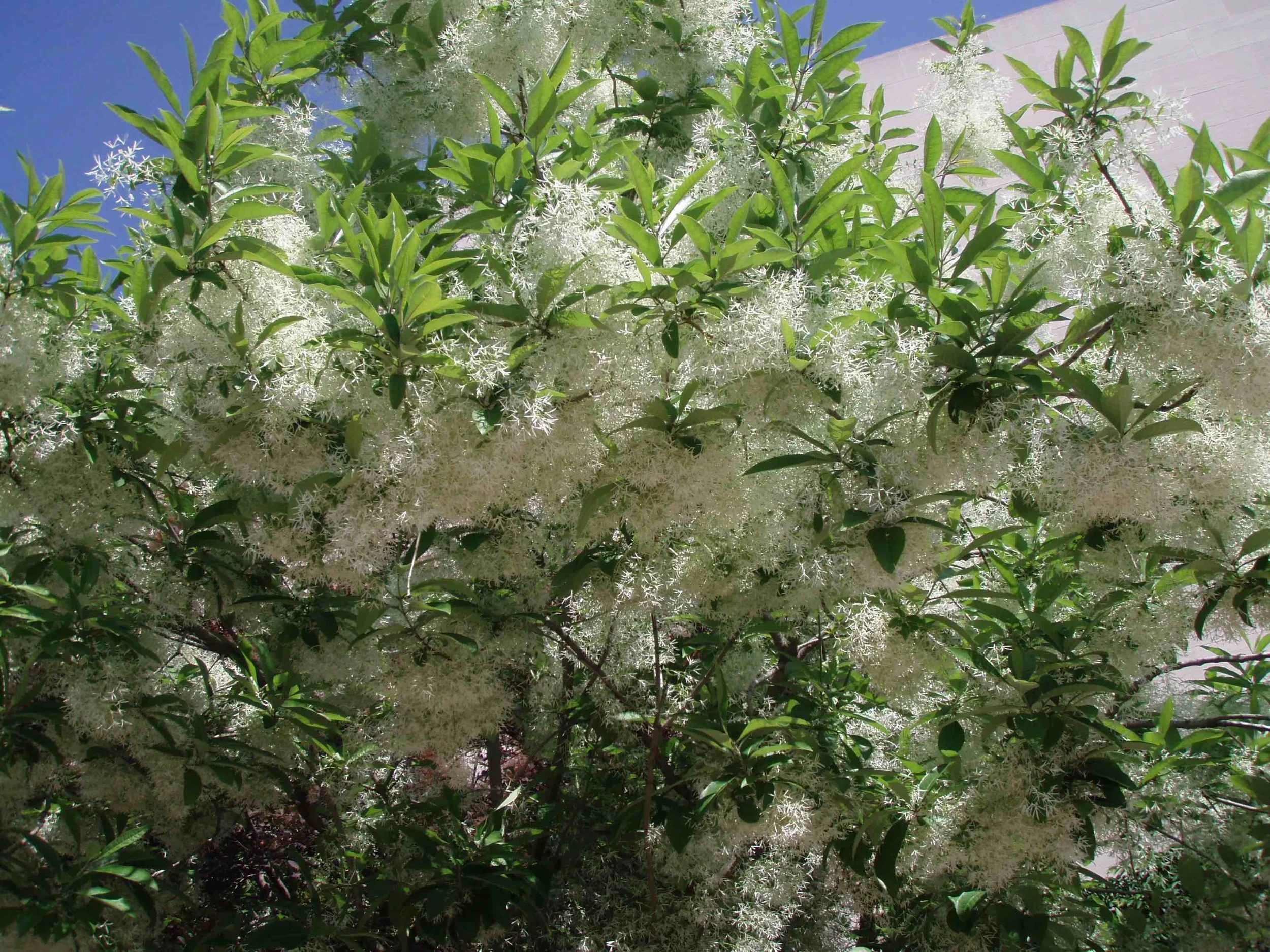The lovely Sweetbay Magnolia, Magnolia virginiana, goes by many common names, including Sweet Magnolia, Swamp Magnolia, Swamp Bay, Laurel, White Magnolia, and Beaver Tree to name just a few. Regardless of the name, it is a spectacular small tree in every season and we are lucky it is a common understory tree along coastal areas of the Northern Neck.
Read MoreFound from New York to Georgia, these graceful deciduous shrubs flaunt eye-catching clusters of tubular rosy pink flowers at the tips of their branches. The shrub is sometimes called Wild Honeysuckle because of the trumpet shaped flowers with deep rosy red floral tubes flaring out into five lighter pink petals, all crowned by long curving rosy stamens that protrude out beyond the petals, resembling honeysuckle blooms.
Read MoreThe White Oak, Quercus alba, is one of our most stately, magnificent native trees, and one of our longest-lived. Specimens have been documented to be over 450 years old - already mature before the birth of our country. White Oaks are probably the most common and widespread oak in Virginia and are one of the most adaptable, able to grow in a wide variety of habitats from dry upland forests and ridges to moist slopes and well drained bottomlands and swamp margins.
Read MoreThe American Holly, Ilex opaca, is one our few broad-leaf evergreen trees in the Northern Neck and is a fabulous landscape plant for our gardens. They have long been a symbol of renewal and life during the depths of winter. Hollies light up the gray and brown winter landscape of our coastal woodlands with their lustrous green leaves that catch the winter light, and scarlet berries.
Read MoreViburnums are attractive and adaptable native shrubs with plenty of landscape interest throughout the year from showy spring flowers, to colorful fruit and fall foliage. Of the 11 species native to Virginia, the stunning Possum-haw or Southern Wild Raisin (Viburnum nudum) is perhaps our loveliest.
Read MoreOf the many garden-worthy goldenrods, our beautiful local Seaside Goldenrod, Solidago sempervirens is a standout.
Read MoreViburnums are beautiful native shrubs or small trees with 11 species native to Virginia and four native to the Northern Neck. All are wonderful but the native Blackhaw (Viburnum prunifolium) stands out on all counts, with its multi-season landscape interest from showy flowers to conspicuous fall fruit.
Read MoreSeveral of our native Lobelias are well loved and absolutely beautiful. Cardinal Flower with its brilliant red flower spikes, and Great Blue Lobelia with its crowded spires of deep blue flowers, are familiar to many gardeners. Downy Lobelia (Lobelia puberula), which is less well-known, graces roadside ditches, low and upland woods, riverbanks and other boggy or damp areas.
Read MoreSwamp Rose-mallow (Hibiscus moscheutos), also known as Eastern or Crimson-eyed Rose-mallow and one of our showiest native wetland plants, is in full bloom right now. It is found in both freshwater and tidal marshes along our rivers and creeks, open marshes and other damp areas.
Read MoreButterfly-weed (Asclepias tuberosa), probably the most popular garden milkweed, has incredibly showy, brilliant orange to red-orange and even yellow flowers. In June and July or sometimes later, large flat-topped clusters of brightly colored flowers top softly fuzzy stems.
Read MoreFringetree is one of our most beautiful and under-used, small flowering trees. It is breathtaking in full bloom in May when clouds of dainty, silky-white flowers are held in drooping clusters at the ends of branches.
Read MoreGolden Ragwort (Packera aurea) is a spring-blooming native wildflower with a lot of ‘wow’ power!
Read MoreBloodroot, Sanguinaria canadensis, Bloodroot is one of the earliest wildflowers to bloom in our area and is found in moist woodlands and floodplains.
Read MoreIlex verticillata, Winterberry Holly, is a wonderful deciduous shrub that lights up a winter garden with its brilliant red berries.
Read MoreLoblolly Pine (Pinus taeda) is the second-most common tree in the entire United States (the most common is the Red Maple). This fast-growing evergreen can be up to 100 feet in height, with a trunk up to four feet in diameter, but most trees are smaller.
Read MoreHighbush Blueberry (Vaccinium x. marianum, a hybrid of V. fuscatum and V. formosum), are versatile native shrubs or small trees which provide four seasons of interest in eastern Virginia. They can grow 10 feet or more in height, often with several trunks. Young branches are light green with a zigzag pattern which is more obvious in winter after leaf fall.
Read MoreBur-marigolds (Bidens laevis and Bidens cernua) are native wildflowers found in wet places and shallow fresh water. These two species are very similar, but should not be confused with the marigolds planted in many of our flower beds–those are a completely different-looking, non-native plant.
Read MoreThree-nerved (Coastal) Joe-pye-weed (Eutrochium dubium) is one of our many native plants that are unjustly considered weeds simply because of their common name. For gardeners, this is one of the more useful of several local species of Joe-pye-weed because it only grows to total height of about three or four feet.
Read More











